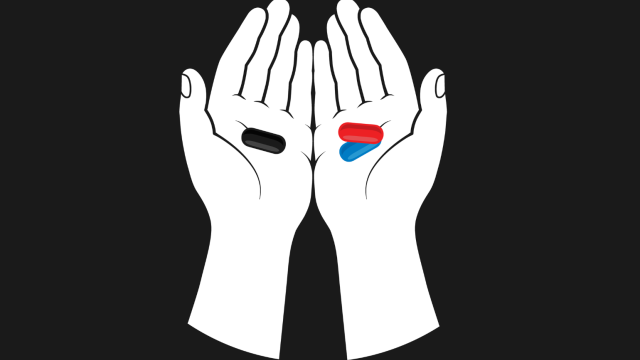There is a growing body of work which demonstrates that extreme language use is increasing on both the incelosphere and wider manosphere (Farrell et al., 2019; Baele, Brace and Ging, 2023), with reports of misogynistic and anti-woman attitudes being shared by young boys in the classroom (Hope Not Hate, 2020; Miller-Idriss, 2023; Will, 2023). At the same time, an emerging body of research has shown that, not only are such online behaviours strongly indicative of broader offline misogynistic attitudes and aggressive/violent behaviours (Powell and Henry, 2017; Rottweiler, Clemmow and Gill, 2021), but that there is a link between having violent misogynistic attitudes and an increased likelihood of support for violent extremism (Johnston and True, 2019; Rottweiler, Clemmow and Gill, 2021; Roose et al., 2022; Díaz and Valji, 2023).
This is occurring at a time when official terrorism statistics for the UK are showing an increase in both the number of young people being charged with offences under the Terrorism Act and Prevent referrals for the MUU (for ‘Mixed, Unclear, and Unstable’) categorisation, which the incel ideology falls under. In breaking down the MUU categorisation, the 2021-2022 Prevent statistics showed that there were 77 referrals related to incel ideology, with 23 of these being adopted as Channel cases (UK Home Office, 2023). At the same time, the most recent UK terrorism statistics showed a substantial increase in terrorism-related arrests for those under the age of 20, resulting in the number of individuals aged 10-20 being arrested for terrorism-related offences outnumbering those aged 21-29 for the first time during the year ending September 2022 (UK Home Office, 2022).
This is happening within the context of changes to our online behaviours, with all demographics spending more time online. As a result, some researchers have argued against the notion of an online-offline dichotomy, and use the term ‘onlife’ to highlight how individuals now interact and behave in spaces that integrate aspects of both; arguing that current radicalisation patterns are best conceived of as a product of this (Fisogni, 2019; Valentini, Lorusso and Stephan, 2020).
This change in our online behaviours, combined with both the pull factors of incel ideology feeling more personalised for young males engaging with it given that incelosphere content features themes pertaining to anxieties of young men transitioning to adults (O’Malley, Holt and Holt, 2020) and evidence that the age demographic for incels tends to be relatively young (Anti-Defamation League, 2020; Moskalenko et al., 2022; Speckhard and Ellenberg, 2022; Sugiura, 2021), suggests that engagement with incel content is likely to continue to increase in the coming years due to it being particularly insidious and prying on the insecurities of young boys who are often still going through a period of socialisation. At the same time, more people are likely to be drawn to these ideas due to both the increased awareness of the existence of these online communities following high-profiles incidents and subsequent media attention, with terms such as ‘Chad’ being used in more mainstream parts of the internet, and the impact of individuals who are both influential online and espouse ideas that tap into arguments from the wider manosphere.
In short, it is unlikely that the incel phenomenon, or at least the ideas that underpin it, will go away anytime soon. At the same time, incel-related violence is no longer being limited to the mass-violence committed by perpetrators such as Elliot Roger and Alek Minassian, with recent years seeing incel-related violence also taking the form of inter-personal violence (i.e., stalking and harassment). There is also the potential for personal violence in the form of self-harm and suicide amongst incels given the prevalence of these themes in incel discussions. As such, there is a need to develop a framework for better assessing individuals who are susceptible to incel and manosphere ideology and who exhibit risk factors for violence. While researchers such van Brunt and Taylor (2021) have attempted to develop such a framework, much remains to be done in this area (see van Brunt and Taylor, 2021; Broyd et al., 2022).
The analysis presented here is a short form summary of that presented in the full Con.Cel report. You can download the full report here as well as an article, which delves in the data-driven analysis of incelospher engagement by UK-based users, featured in the full report.
Copyright Information
As part of CREST’s commitment to open access research, this text is available under a Creative Commons BY-NC-SA 4.0 licence. Please refer to our Copyright page for full details.
IMAGE CREDITS: Copyright ©2024 R. Stevens / CREST (CC BY-SA 4.0)






